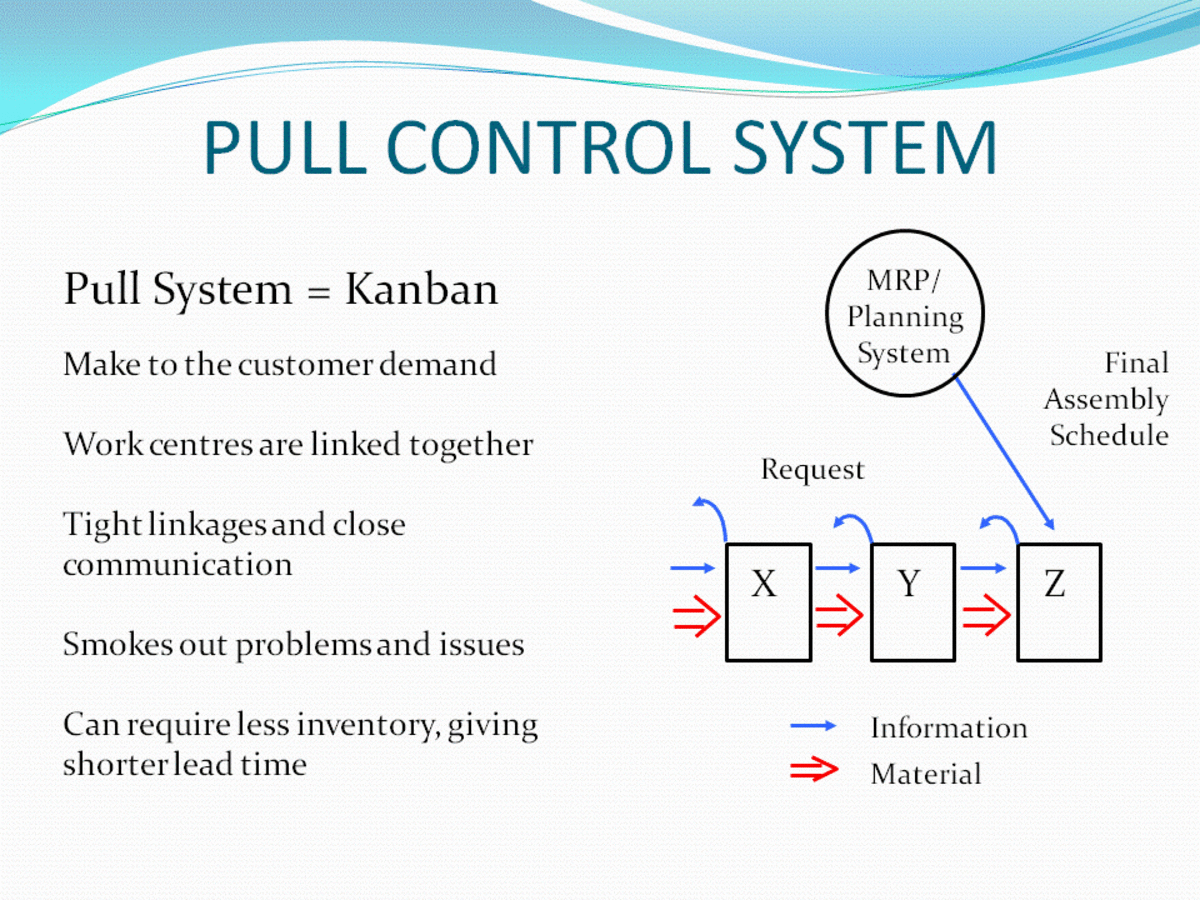The different stages of digital transformation businesses find themselves in today
Open source software communities, cloud based technologies that enable businesses to work from anywhere in the internet connected world, internet of things, all point to the increasing influence of technology and the dire need for businesses to adapt and transform with it. Digital transformation is a present day business imperative that no business can take for granted.
Every business part of the digital marketplace is trying hard to edge competition, take lead in transforming digitally but each of them finds themselves in a specific sphere in terms of the digital transformation. Some have just started, while some are in the mid stages waiting to take a leap to the next level, while some find themselves in a stage of leadership having successfully implemented and evolved with technology. For businesses trying to transform digitally need to know where exactly they stand in terms of their efforts at digital transformation.
The ensuing paragraphs gives businesses a brief understanding that helps them understand where they stand in this race to digitally transform.
Calculated or tactical stage
Businesses part of this specific model have already started making technological changes to bring in efficiency and reducing efforts. As the first stage towards digital transformation, businesses have accepted and acknowledged the importance of becoming digitally competitive. As a result they have started introducing technology into the different spheres of their business be it operations, processes or any other function. In case of this particular stage digital transformation is a C level business imperative that has not been made part of the company culture taking everyone in the organisation into confidence. The investments that are made in such a situation is to improve a specific function of the business. Though these businesses have made a move towards digital transformation they have not chalked out a strategy that will take them there.
Integrated or centralised stage
In this particular scenario the digital skills and initiatives are made an integrated or centralised unit, which governs the functioning of all digitisation efforts throughout the organisation. All efforts towards digital transformation being driven through a central unit is better governed, the expenses in terms of acquiring technology. The technology acquired are well planned and are supposed to fit into blocks that help complete a structure that enables digital transformation. A team of digital experts is at the helm overseeing the integrated or centralised unit. Having a central unit for digital also enables in the identification of projects that are not benefitting, to stop, pause or change such an effort. In this stage the identification of talent and new ideas also becomes convenient. In a Deloitte report ‘Building your digital DNA’ it mentions,’In general, the central digital team is a transient feature of the organisation that helps it gain control of investments, breaks down silos and teaches and empowers leaders to use digital techniques to transform the organisation. This can be the stage where migrating to cloud based services is given serious thought for the varied advantages it brings to the business. Migrating to the cloud helps business executives and managers access databases from anywhere. Work using cloud based software on a pay as per use basis. Ensure data is securely stored in the clouds with the vendor providing the infrastructure and global level safety measures. In terms of customer facing organisations enabling Customer Identity Management as a cloud based solution to securely, systematically, scalably manage customer identities. Having CIM implemented relieves businesses on providing a hassle free registration service while helping them understand their customers better through the profile datacaptured at the point of registration and later on. Knowing the customer well gives business a firm footing on the way forward in terms of digital transformation. Knowing how to integrate and implement marketing technologies, how to integrate technology that helps ease of interaction for the customer know matter which channel he wishes to interact from etc.
The champion or winner stage
The stage after the integrated and centralised unit stage aiming to bring unison of thought on the way forward to digitally transform has been achieved. The digital transformation now permeates to every department with each department taking the onus to make use of technology improving the efficiency of their specific department. The leadership as well as the executives are in sync on the digital technologies adapted and their use. Evolved use of data, upgrading to different technologies, innovation become benchmarks in the champion or winner stage.
Innovative and adaptive stage
This is the stage when the business and organisation has successfully transformed with technology or in other words it is adapted technology that has improved its processes and brought about marked efficiency. Digital transformation is not a destination that once reached, the business can go easy or stop its efforts towards digital transformation, it is a journey that requires businesses to keep evolving with technology as and when they become available. Businesses that have capably transformed with digital being an integral part of every department in the organisation can also lead to create or innovate with technology that sets industry standards. Altimeter in its report ‘Six stages of digital transformation’ identifies this stage as one where Digital is no longer a state; instead, it is part of how a business competes, with work in transformation continuing as technology and markets evolve. Innovation becomes
part of the company DNA with the establishment of formal teams and efforts to track customer and technology trends.
It is common know that the present time is driven by technology. The increasing preference on part of customers to interact through various digital channels makes it a business imperative to transform digitally to meet the demands of their customers. Businesses at the first stage in digital transformation need to pick up pace to catch up with changing technology and evolve so as to take complete advantage that technology and digitisation presents. Digitisation is the quiet essential ammunition that equips organisations to face competition. The more developed an organisation is in terms of digital the better placed it is to face competition and sustain in the long run.
Think, there is any other stage in digital transformation not spoken about here. Please feel free to share, for us to learn and spread the digital knowledge, for businesses to gauge their current standing better and take remedial measures to face competition in the digitised world.








